Appetizers
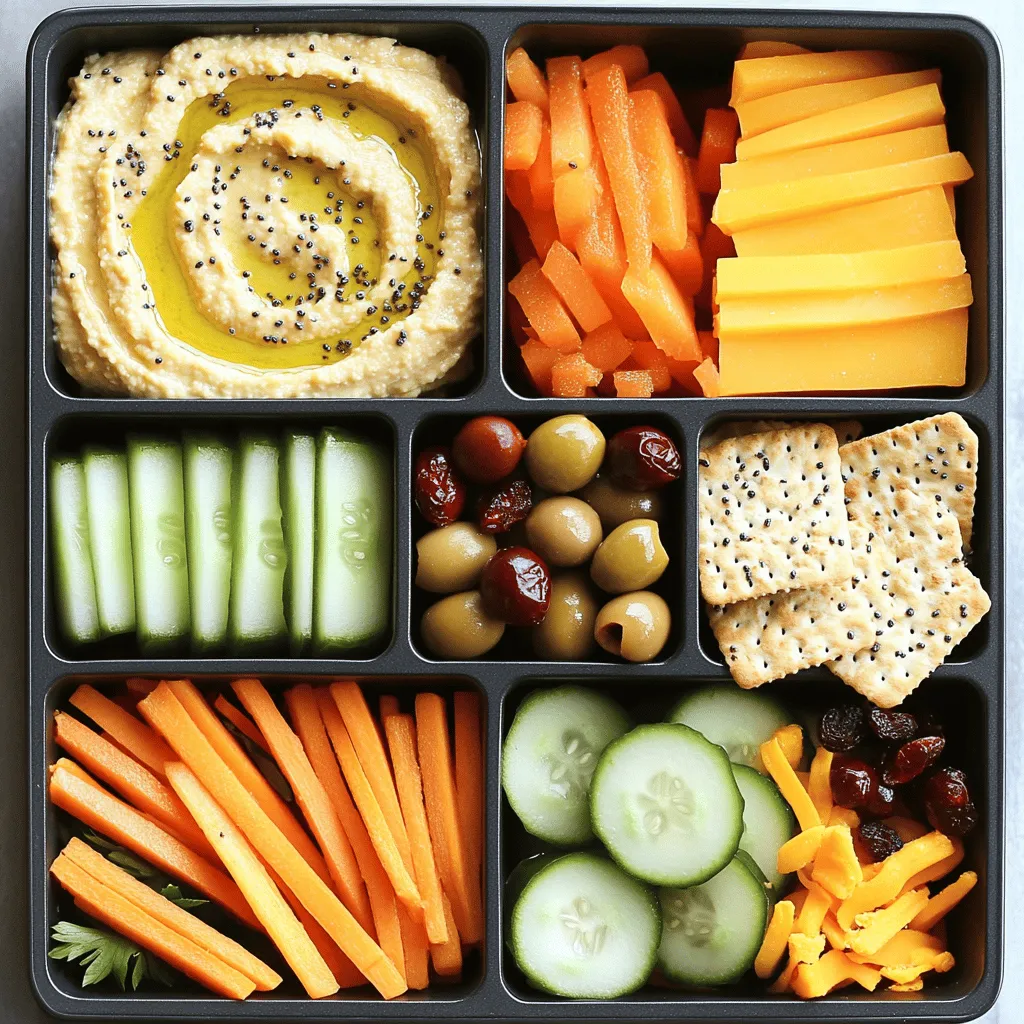
Adult Lunchable Bento Box Meal Prep Delight
Are you tired of boring lunches? Get ready to elevate your meal prep game with my Adult Lunchable Bento Box Meal Prep Delight! This fun
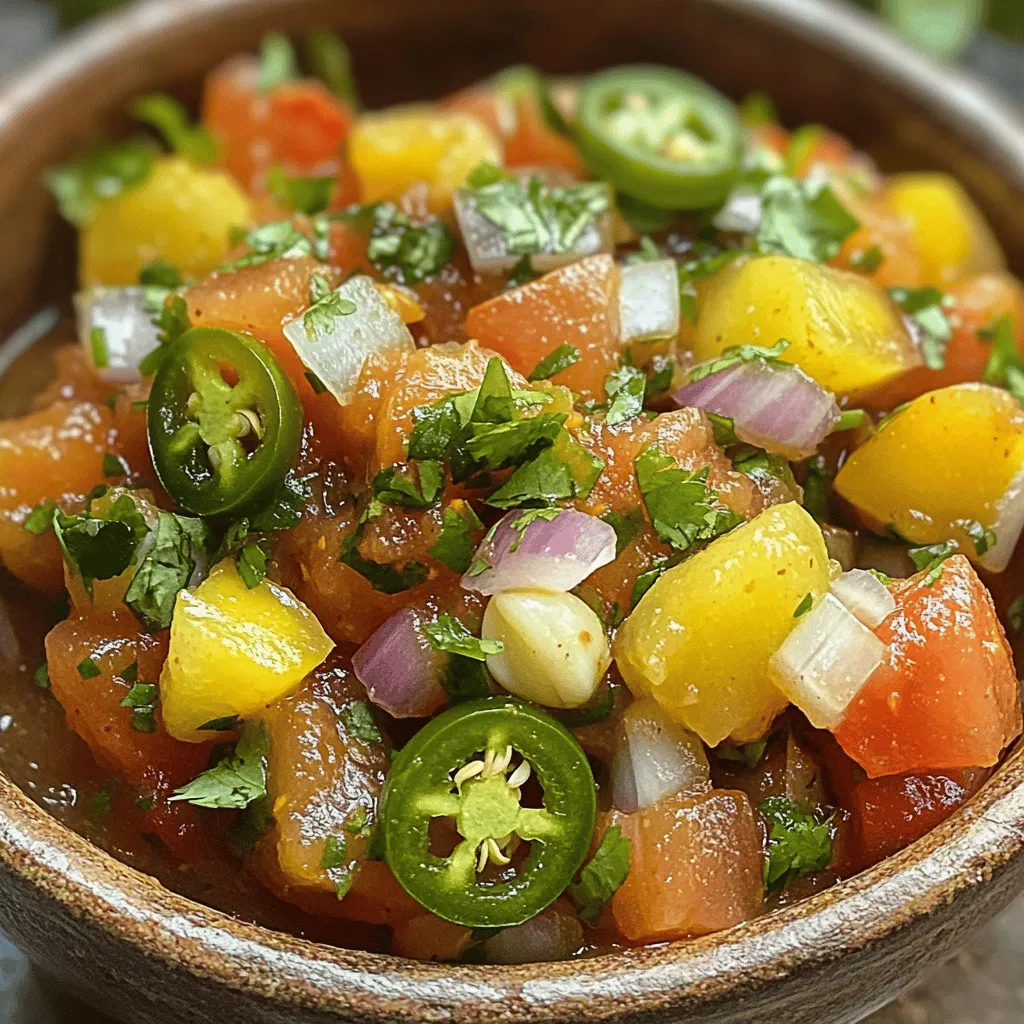
The Best Homemade Salsa Ranchera Flavorful Delight
Ready to elevate your next meal? With The Best Homemade Salsa Ranchera, you’ll discover a vibrant mix of fresh ingredients that bursts with flavor. This
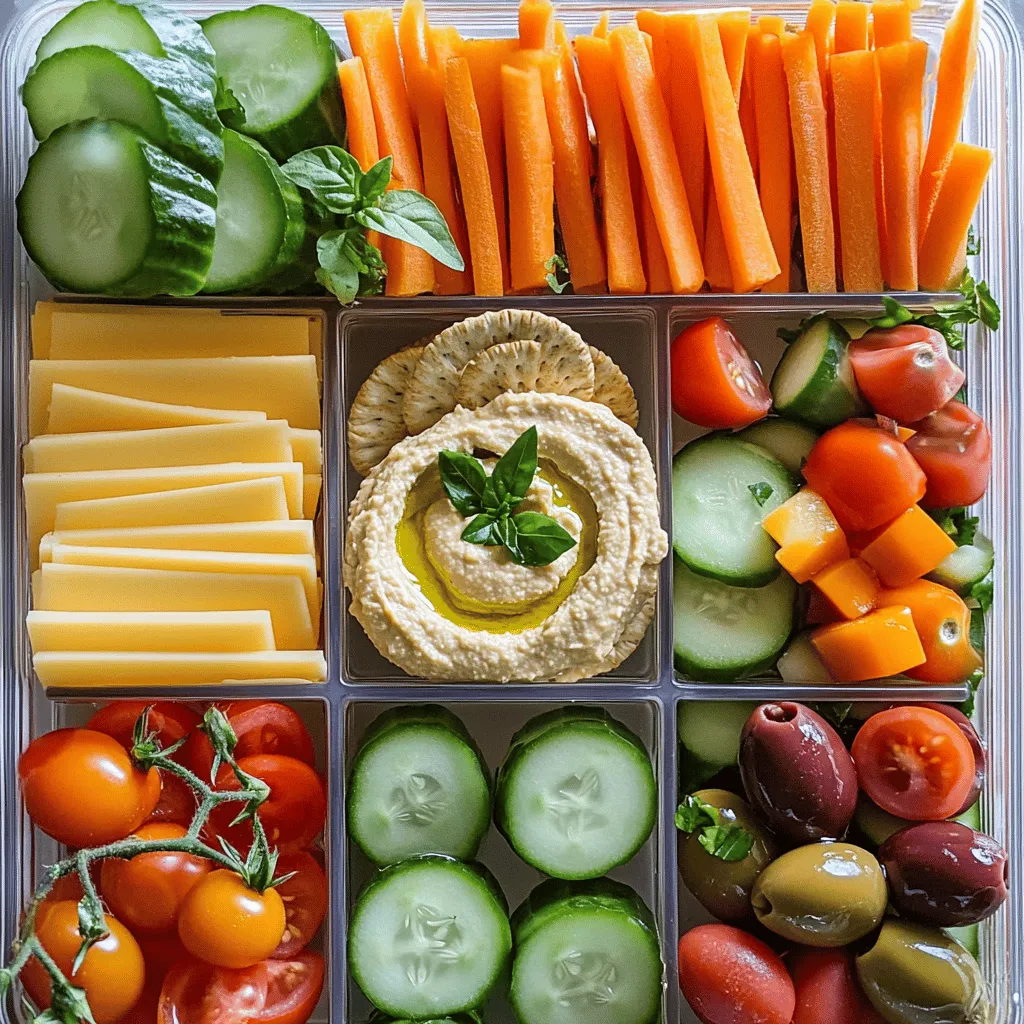
Homemade Lunchable Delightful and Easy Recipe Guide
Want a quick and fun lunch idea? Let’s make a Homemade Lunchable! My easy recipe guide shows you how to fill a lunchbox with tasty
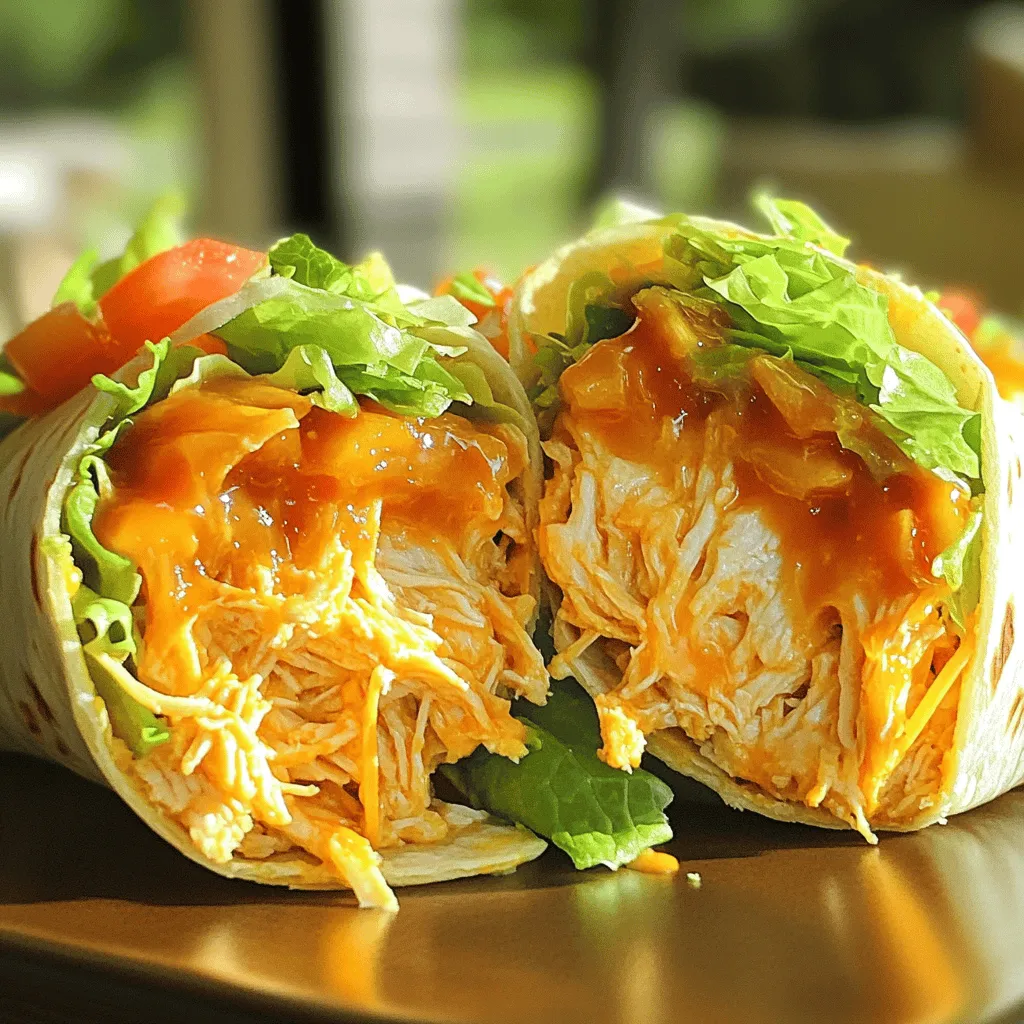
Easy Buffalo Chicken Wrap Flavorful and Quick Meal
Looking for a meal that’s both quick and bursting with flavor? This Easy Buffalo Chicken Wrap is your answer! With just a few simple ingredients
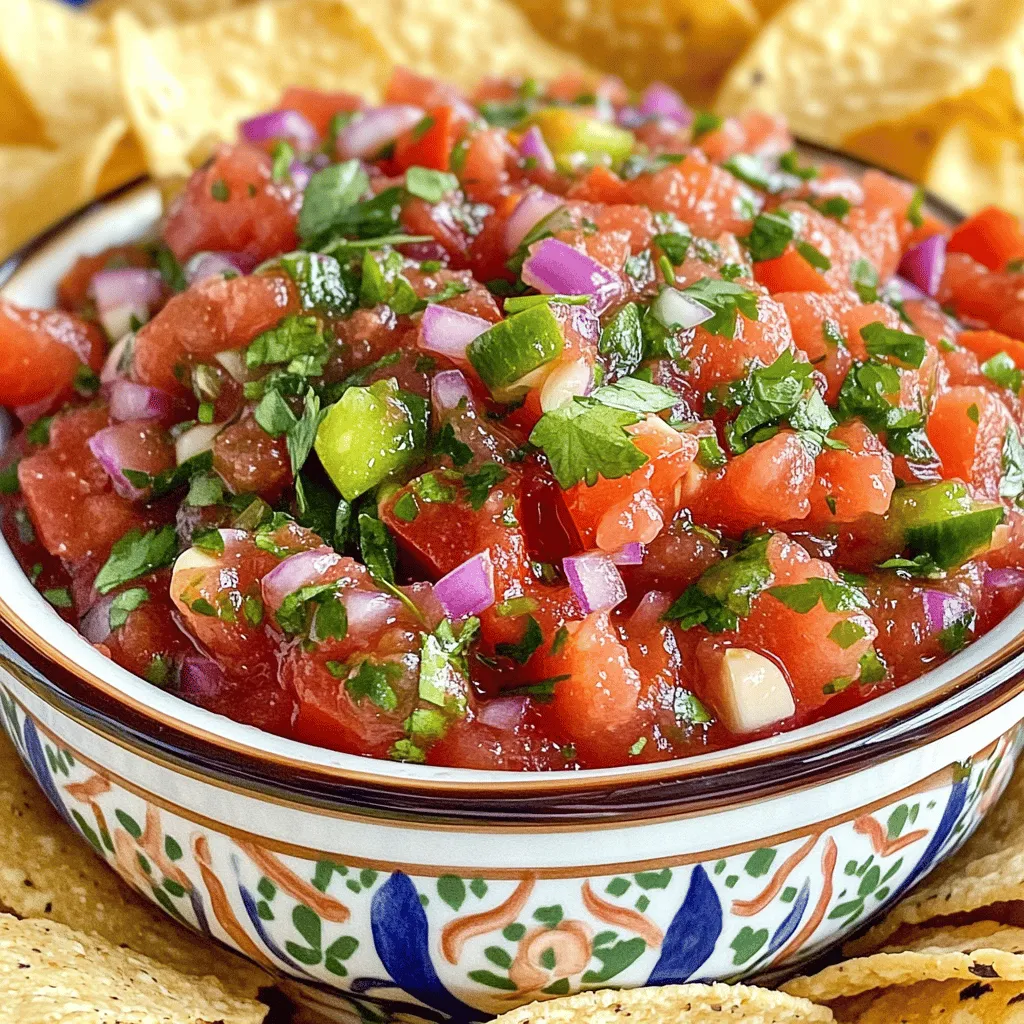
Best Homemade Salsa Ever Simple and Fresh Recipe
Are you ready to elevate your snack game? This Best Homemade Salsa Ever Simple and Fresh Recipe is your ultimate go-to for a bright, zesty
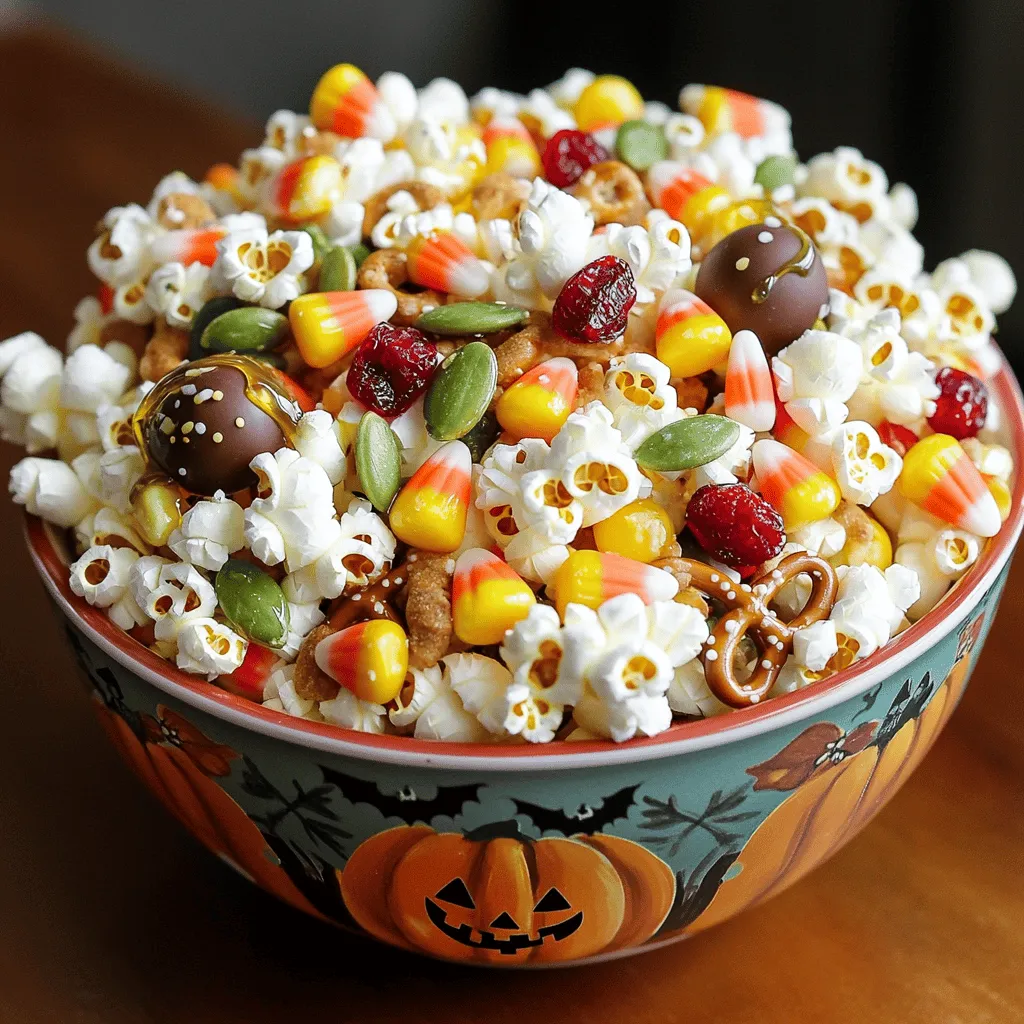
Scarecrow Crunch Snack Mix Tasty Seasonal Treat
Looking for a fun and tasty treat this fall? Scarecrow Crunch Snack Mix is your perfect answer! Packed with yummy ingredients and crunchy textures, this
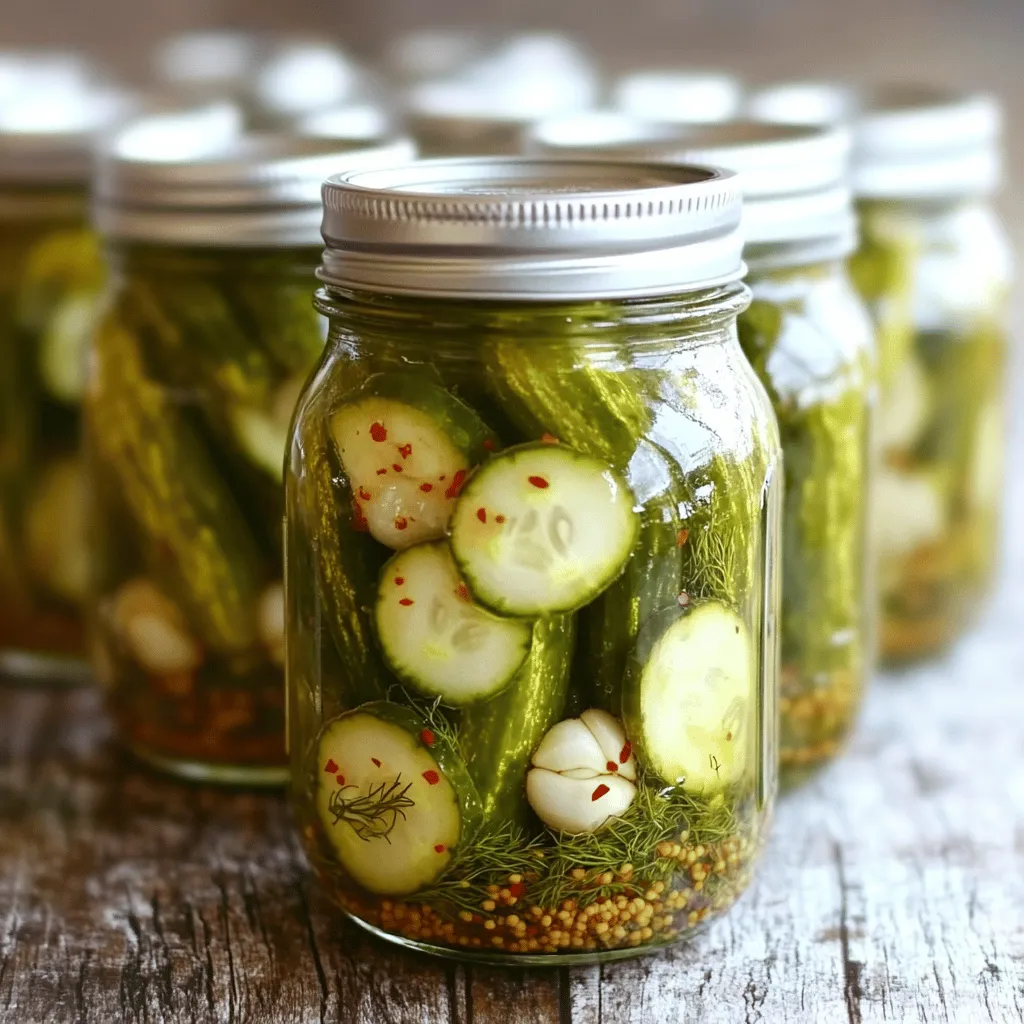
The Best Sour Pickles Recipe Fresh and Flavorful Guide
Are you ready to crunch into some delicious homemade sour pickles? In this guide, you’ll discover a recipe that brings out fresh and bold flavors

Homemade Balsamic Glaze Without Sugar Delight
Looking for a tasty way to enjoy balsamic glaze without the sugar? You’re in the right place! My Homemade Balsamic Glaze Without Sugar Delight transforms
![To make Spicy Dilly Garlic Beans, you need fresh and simple ingredients. Here’s what you will need: - 1 lb fresh green beans, trimmed - 3 cloves of garlic, finely minced - 1 tablespoon extra virgin olive oil - 1 teaspoon red pepper flakes - 2 tablespoons fresh dill, finely chopped - 1 tablespoon apple cider vinegar - Sea salt, to taste - 1/4 teaspoon freshly ground black pepper - 1 teaspoon sugar (optional) Each ingredient brings its own flavor to this dish. The fresh green beans add a crisp texture. Garlic adds warmth, while red pepper flakes kick up the heat. Dill gives a fresh note, and apple cider vinegar brings a tangy twist. Sea salt and black pepper enhance all these flavors. You can use sugar to balance the heat, if needed. When selecting green beans, look for vibrant ones. They should feel firm and snap easily. Fresh dill should smell strong and fragrant. These choices will ensure your dish is as tasty as possible. For the full recipe, check the section above. You will enjoy how these simple ingredients come together for a delightful side dish! - Rinse and trim the green beans. This helps remove dirt and makes them neat. - Blanch the green beans for 3-4 minutes. This keeps them bright and slightly tender. - Plunge beans into ice water for quick cooling. This stops the cooking and locks in color. - Heat olive oil and sauté minced garlic in a skillet. This brings out the garlic's rich flavor. - Add red pepper flakes and infuse oil. This step adds a spicy kick to the dish. - Toss blanched green beans in the skillet. Make sure they get coated in the garlic oil. - Add fresh dill and apple cider vinegar. This brings a fresh taste to the beans. - Season and adjust to taste. Add salt, black pepper, and sugar if you want to balance the heat. This easy recipe makes a delightful side dish. You can find the full recipe for Spicy Dilly Garlic Beans in the earlier sections. Enjoy every bite! To make your Spicy Dilly Garlic Beans even better, you can adjust the red pepper flakes. If you love heat, add more. If you prefer a milder taste, use less. You can also experiment with other herbs or spices. Try adding a pinch of smoked paprika or a dash of cumin for a twist. Fresh herbs like basil or parsley can also add a unique flair. Presentation matters! Serve your beans on a vibrant platter to catch the eye. Scatter extra dill on top for an added pop of color. To brighten the dish, include lemon wedges on the side. A squeeze of lemon adds great freshness and lifts the flavors. Using ice water after blanching is key. It helps lock in the beans' bright green color and crisp texture. When you cook garlic, be careful not to burn it. Garlic cooks fast and can turn bitter. Sauté it just until fragrant; about one minute is perfect. These small tips will enhance the overall taste and look of your dish. {{image_4}} You can change up the beans in this dish. Try using yellow wax beans or even chickpeas. Both will bring a new flavor. You can also swap in different veggies. For instance, sliced bell peppers or zucchini work well. They add a nice crunch and color. Vinegar is key for the tangy taste. You can substitute apple cider vinegar with white wine vinegar if you prefer. This swap gives a milder flavor. Another option is rice vinegar, which adds a sweet touch. Each vinegar will give a unique twist. Making this dish vegan is easy. All the ingredients are plant-based, so you’re set. Just skip the sugar if you want a low-sugar option. The beans will still taste great without it. If you need a gluten-free option, you can relax. This recipe is naturally gluten-free. Always check your vinegar for hidden gluten if you buy pre-made. This dish fits many diets while keeping the flavor intact. To keep your Spicy Dilly Garlic Beans fresh, store them in the fridge. Place the beans in an airtight container. This helps prevent moisture loss and keeps them crisp. You can enjoy your beans for up to three days. For best results, let the beans cool completely before sealing them. This practice avoids steam buildup that can cause sogginess. If you have a vacuum sealer, that’s even better! It removes air and keeps the beans vibrant. If you want to keep them longer, freezing is a great option. First, make sure the beans are completely cool. Then, portion them in freezer-safe bags or containers. Remove as much air as possible to avoid freezer burn. To thaw, simply place the frozen beans in the fridge overnight. You can also use the microwave for quick thawing. Heat them gently to avoid overcooking. When reheating on the stove, add a splash of olive oil to bring back their flavor. Enjoy your beans even after freezing! For the full recipe, check out the details provided above. Spicy Dilly Garlic Beans are a vibrant, flavorful side dish. They feature fresh green beans, garlic, and dill. The addition of red pepper flakes gives them a spicy kick. The taste is a mix of fresh, tangy, and savory notes. This dish is crunchy and bright, making it a perfect addition to any meal. Yes, you can prepare these beans ahead of time. Blanch and cool the beans, then store them in the fridge. Keep them in an airtight container for up to three days. When you’re ready to serve, just heat them in a skillet with the garlic and spices. This saves time and allows the flavors to meld. Spicy Dilly Garlic Beans pair well with grilled meats and fish. They also complement hearty grains like quinoa or rice. Serve them alongside roasted chicken or a fresh salad for a balanced meal. Their bright flavor can elevate any dish, making them a versatile side. To adjust the spice, change the amount of red pepper flakes. Start with less if you prefer a milder flavor. You can also add a touch of sugar to balance the heat. For those who love spice, increase the flakes or add sliced jalapeños. This way, you can make the dish just right for your taste. For the full recipe, check the [Full Recipe]. Spicy Dilly Garlic Beans are easy to make and packed with flavor. You learned about the key ingredients, how to prepare them, and tips for enhancing taste and appearance. You can switch ingredients for variety, and my storage tips help keep leftovers fresh. This dish not only shines on its own but pairs well with many meals. Enjoy creating your own version, and don't shy away from making it your own. You’ll impress your guests and family with this delightful side!](https://roastedflavors.com/wp-content/uploads/2025/07/ef6d7567-726f-4d3c-88b9-8c8d1b8da828.webp)
Spicy Dilly Garlic Beans Flavorful and Easy Side Dish
Looking for an easy yet bold side dish? Try my Spicy Dilly Garlic Beans! This vibrant blend of fresh green beans, garlic, and dill brings

Grilled Portobello Mushrooms with Balsamic Glaze Delight
If you love bold flavors and hearty meals, you’ll adore grilled portobello mushrooms with balsamic glaze. These mushrooms pack a punch and are a healthy